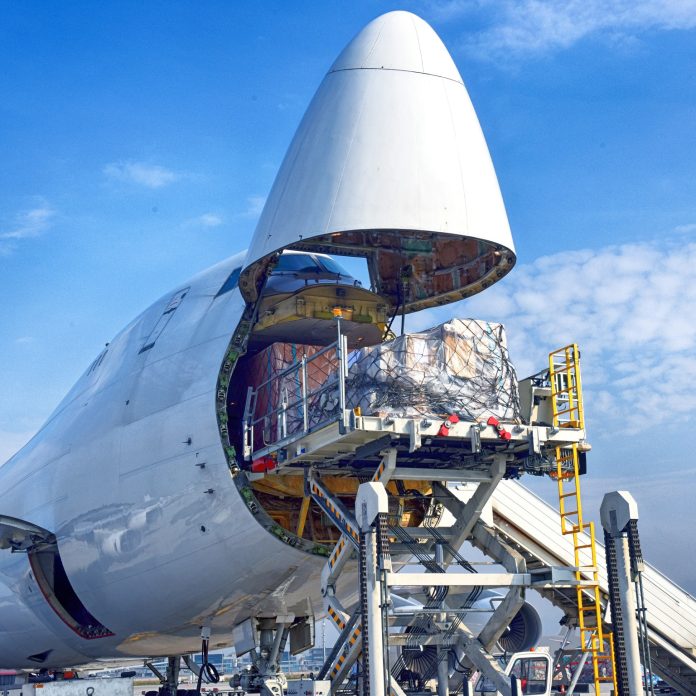The Industry Overview
Deal activity in the travel, logistics, and infrastructure sector increased markedly in 2024 compared with the previous year, with a total deal value of $157 billion in 2024 versus $115 billion in 2023. However, activity was still below prepandemic levels (with a total deal value of $173 billion in 2019) and substantially below peaks in 2021 and 2022.
Similarly, the proportion of private equity (PE) deals in the sector increased—from 14 percent of all deals in 2023 to 22 percent in 2024—but PE activity was still well below that of previous years. Some PE holdings are nearing their maturity and will likely come to market in the next year or two; given the current interest rate environment, it will be interesting to see to what extent valuations will stabilize or improve.
Subsector Activity and Opportunities for 2025—and Beyond
M&A among travel companies has been relatively soft over the past few years. The total deal value in 2024 was $35 billion, essentially on par with the total deal value in 2023, which was $37 billion. But both figures are still well below the total deal value of $65 billion in 2021. That’s likely because travel companies, like other businesses in this sector, have been facing high interest rates and inflation and a changing regulatory environment. Rather than seek out deals, many have been looking inward to manage costs. Our research shows that deals in the Asia–Pacific and Europe, the Middle East, and Africa (EMEA) regions account for a higher share of the total number of travel deals than those in the United States (with 34 percent, 37 percent, and 29 percent of deals in those regions, respectively). About 80 percent of all travel deals have been in the hospitality segment—albeit this includes several individual property transactions.

Travel dynamics are changing, presenting leaders with several opportunities for growth and transformation. Our research suggests deal sizes are likely to remain small. In the hotel segment, for instance, we’re seeing large players (such as Hyatt and Hilton) expand into newer brands or locations through bolt-on deals. Some larger deals may still be in the offing—in the case of market or category expansion—but the regulatory environment remains uncertain, making smaller plays more attractive.
At the macroeconomic level, spending on business travel is likely to continue to recover from recent postpandemic levels, potentially surpassing $2 trillion by 2028, according to the Global Business Travel Association. This increased spending will likely spur more deal activity as companies seek to keep pace with demand. Travel management companies, for instance, may want to expand their capabilities to better serve corporate customers. And companies across the travel ecosystem will likely reconsider their investments in various products and services as travelers—particularly younger generations—splurge more on experiences and dining and look to save on flights, shopping, and lodging.
And though it’s historically been an area of underinvestment, travel technology should be a core theme for PE and strategic investors—particularly given recent functional advancements in the tools and systems used to manage properties and revenue, engage in marketing and distribution, manage workforces, and so on.
Deal activity among logistics companies is on the upswing, with $98 billion in total deal value reported in 2024, which is higher than in 2020 but still below the $150 billion total deal value reported in 2021. Our research shows that 91 percent of all deals in 2024 were small ones (less than $1 billion), with only a few mega deals announced, and the deals have covered all the major market segments.
Against this context, logistics players may be well placed to capitalize on several trends in 2025. For instance, based on M&A activity among the top 50 third-party logistics companies, there is room for consolidation—with a chance for these players to increase their scale, distribution networks, and access to customers in specific regions or countries. Similarly, there is still a fair amount of fragmentation among large logistics companies; consider that the top ten companies in areas such as truck brokerage, freight forwarding, and contract logistics represent only between 5 percent and 20 percent of their respective segments. There are opportunities, then, for companies to consolidate and capture a range of advantages in procurement, operations, and commercialization.
Another trend that bears watching is logistics companies’ pursuit of select bolt-on acquisitions, with the idea of adding capabilities such as cold-chain storage and digital order fulfillment. Indeed, large providers now see select acquisitions as a way to leapfrog into high-margin segments (such as healthcare and life sciences) that have traditionally been served by niche companies.
Technology-oriented deals will likely also loom large in 2025 as solutions in the transportation and logistics space improve significantly and as more and more start-ups develop and launch tools and platforms aimed at managing specific elements of the logistics value chain. Private investors will likely restart their acquisition engines—to a greater degree than they did in 2022 and 2023—and take advantage of rate corrections and adjusted valuations of medium-size logistics providers. In particular, they are already showing strong interest in assets that provide them with a sound competitive position and rate stability—think specialized logistics services or contract logistics.
And finally, transportation infrastructure deal activity dipped to $24 billion in 2024, down significantly from the previous two years. Airports accounted for about half of all transportation deals (18) and 78 percent of the value ($19 billion) of deal activity in this segment. A range of other transportation services accounted for the other 50 percent of all transportation deals and represented 22 percent of deal value in the segment.
Even as activity dropped, the average size of deals in this industry segment is normalizing to about $670 million. The surge in deal size has been almost exclusively driven by activity in Asia–Pacific and EMEA countries; by contrast, deal size in North America and South America has remained small and stable—about $2 billion to $13 billion per year. Overall, however, infrastructure deals remain a domestic game, with 73 percent of all infrastructure M&A happening within a country’s borders.
What’s more, in 2024, we observed PE investors getting involved in a larger share of infrastructure deals than they did previously (47 percent), although that figure reflects only six large deals—for instance, deals involving Budapest Airport, Malaysia Airport Holdings, Star Leasing, and Transmashholding.
As they consider prospects for 2025, a few trends are emerging that bode well for PE investors: Alliances are reshuffling, trade flows have been reconfigured—and are continuing to shift—and transportation lines continue to have excess funds, which means there could be significant opportunities to invest in strategic ports and terminals. Indeed, investors can continue to leverage infrastructure investments to stabilize their portfolios and cash flow positions.


